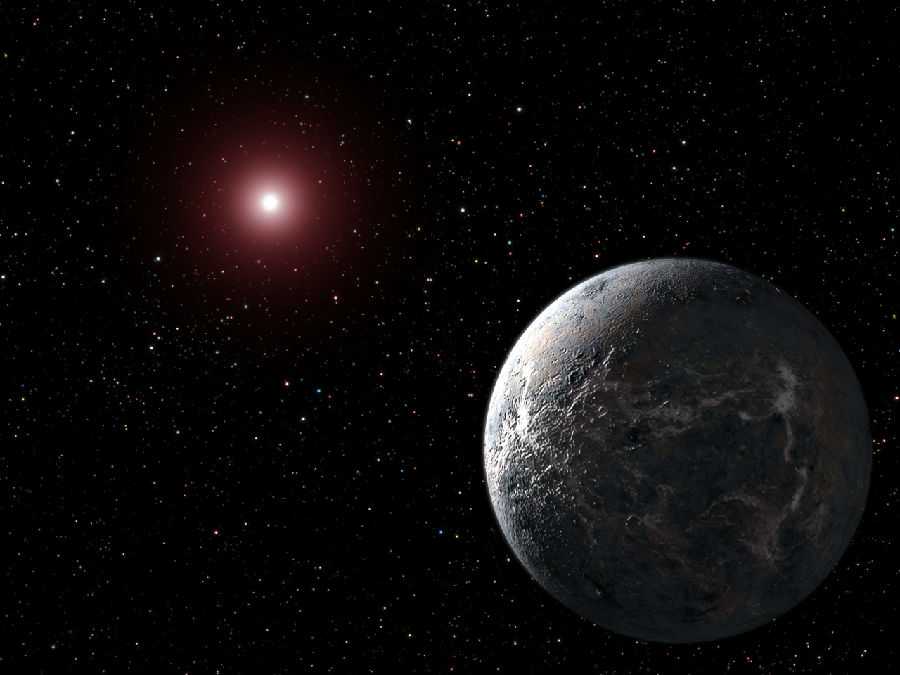Before 1988, astronomers knew of only eight planets in the entire universe. Those around the Sun. Today we know of nearly 4,000. These are called exoplanets and they orbit stars outside of our solar system. The majority are so distant when they're not moving that little can be learned about these exoplanets we do not know if any support life. But over the years, advances in telescope technology have made it easier to detect them. Launched in 2009, a space telescope called Kepler has been responsible for finding the majority of the exoplanets we know today. By staring at a single patch of the sky, it found them as they passed in front of the stars.

But Kepler could only focus on planets around lots of distant stars. Kepler is now retired. it's been replaced with a new telescope. "Liftoff! The he SpaceX Falcon 9 rocket carrying TESS, a planet-hunting spacecraft that will search for new worlds beyond our solar system". TESS which can scan the entire sky is equipped with four special cameras. It will look at around 200 thousand pre-selected stars that are closer and among the brightest is seen from Earth. Over its two-year mission, Tess is expected to discover hundreds of thousands of new planets. Like Kepler, it will be able to detect the proximity of planets to their stars providing astronomers with some information about their possible climates. Because TESS will find planets that are comparatively near to Earth. Other bigger telescopes will be able to take a more detailed look including looking for the presence of liquid water. If there is alien life out, there Tess could play an important role in finding it. Coming up next Thursday: Could space be the next frontier for war.
关注公众号知问导图,回复TEX,免费获取本期内容详解等更多精彩内容。












